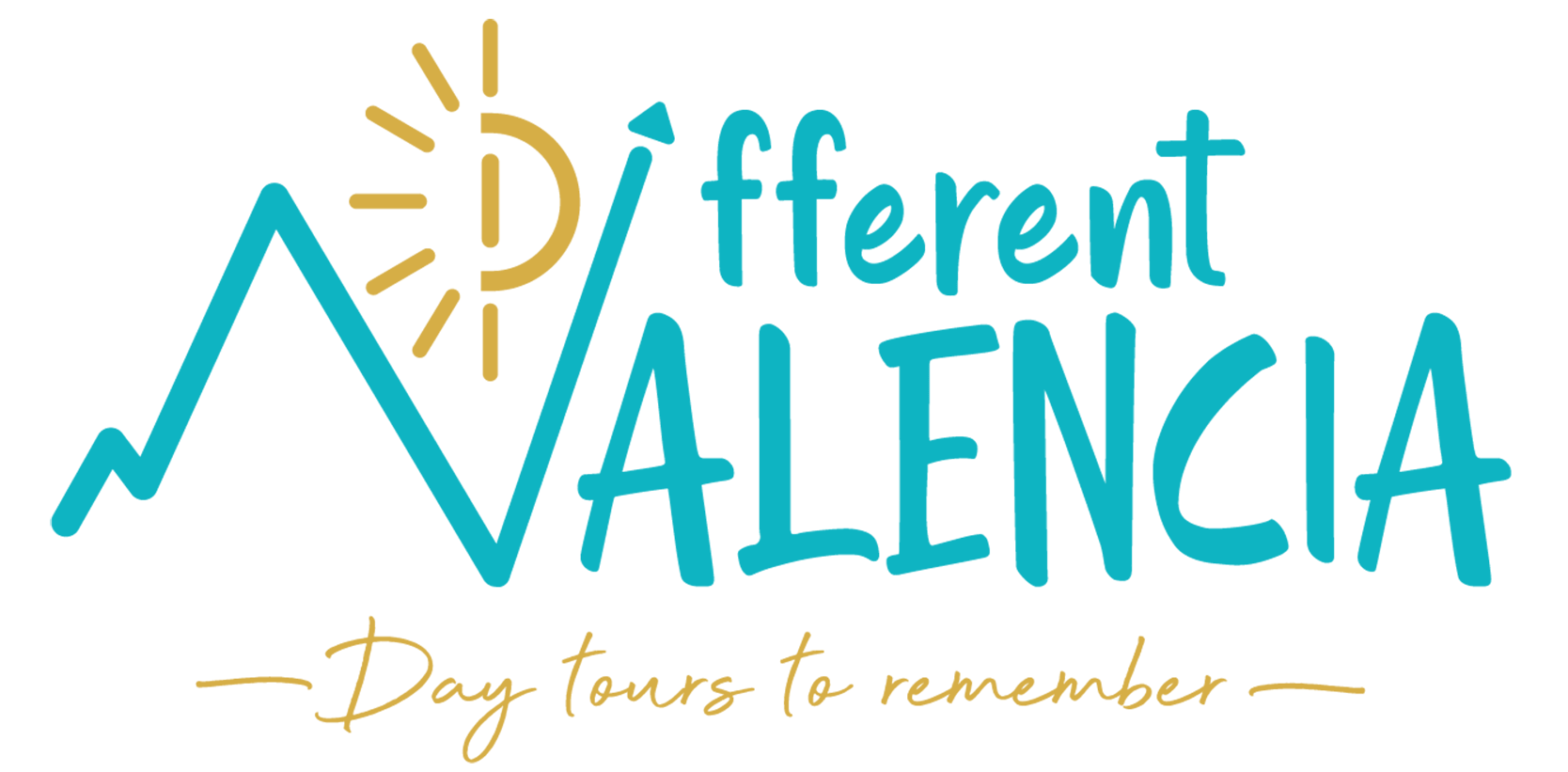
When it comes to iconic dishes that have woven themselves into the fabric of a culture, few can compare to the legendary Valencia Paella. With its vibrant colours, tantalizing aromas, and rich flavours, paella embodies the essence of Spanish cuisine. But what are the origins of this beloved dish? Join us as we embark on a journey through time to uncover the fascinating history behind Valencia Paella.
Origins of Paella:
To understand the origins of Valencia Paella, we must first delve into the history of its key ingredient: rice. Rice was introduced to Spain by the Moors, who ruled the Iberian Peninsula for centuries. They brought with them advanced agricultural techniques, including the cultivation of rice in the marshlands of Valencia.
The word “paella” itself comes from the Latin word “patella,” which means “pan.” Paella initially referred to the shallow, wide pan used to cook the dish rather than the dish itself. These pans were commonly used by farm labourers and shepherds, who cooked their meals over an open fire in the fields.
Evolution of Paella in Valencia:
Valencia, located on the eastern coast of Spain, quickly became the epicenter of rice cultivation and paella-making. The fertile lands surrounding the city provided an abundance of fresh ingredients, including rice, seafood, and vegetables, which became the foundation of Valencia Paella.
The original Valencia Paella was a humble peasant dish made with whatever ingredients were readily available. Rabbit, chicken, snails, and beans were commonly used, reflecting the agricultural and culinary traditions of the region. Over time, as trade routes expanded and Valencia flourished as a port city, the dish evolved to incorporate a wider variety of ingredients, including seafood and spices from distant lands.
Influence of Cultural Exchange:
The history of Valencia Paella is a testament to the cultural exchange that has shaped Spanish cuisine over the centuries. The Moors introduced rice cultivation to Spain, while the influx of ingredients from the New World, such as tomatoes, peppers, and saffron, added new layers of flavour to the dish.
During the 18th century, Valencia Paella underwent further transformation with the introduction of saffron, the most expensive spice in the world. Saffron not only infused the dish with its distinctive golden hue but also imparted a rich, earthy flavour that became synonymous with authentic Valencia Paella.
Modern Variations and Global Popularity:
Today, Valencia Paella has achieved worldwide acclaim, captivating the palates of food enthusiasts everywhere. Its popularity has led to numerous variations, with chefs around the world putting their own spin on the classic recipe.
In Valencia, however, purists argue that true paella should adhere to traditional ingredients and cooking methods. Authentic Valencia Paella is cooked over an open flame, allowing the rice to develop a crispy, caramelized crust known as “socarrat.” The dish is typically enjoyed communally, with family and friends gathering around the pan.
Preserving Tradition:
Despite its global popularity, Valencia Paella remains deeply rooted in tradition, serving as a symbol of cultural identity and culinary heritage. In 2010, the Consejo Regulador de la Denominación de Origen Arroz de Valencia (Regulatory Council of the Designation of Origin Rice of Valencia) was established to protect and promote authentic Valencia Paella.
The council sets strict guidelines for the production of Valencia Paella, ensuring that only the finest local ingredients are used and that traditional cooking methods are respected. This dedication to preserving tradition ensures that future generations will continue to savour the true essence of Valencia Paella for years to come.
In conclusion, the origins of Valencia Paella are as rich and diverse as the dish itself. Born out of the fertile lands of Valencia and shaped by centuries of cultural exchange, paella has evolved into a culinary experience that embodies the spirit of Spanish cuisine.
Whether enjoyed on the shores of Valencia or in kitchens around the world, paella continues to unite people across cultures and continents, proving that good food has the power to transcend borders and bring us closer together.
Top Tip:
Generally it is best if you are inland in the Valencia region to order Paella Valencian which is chicken and rabbit (you can ask not to have it with rabbit). If you are by the coast, then go for Paella Marisco which is the seafood version with clams, muscles and shrimps.
It is common practice to squeeze some lemon juice over your plate with paella (ask the waiter if they do not bring a lemon) but the purists prefer it without, stating that it masks the paella flavour. However, I think it enhances it. Try it and decide for yourself.
Fancy a day trip with magnificent scenery and a traditional open fire paella? Then book our Discovering Valencia Private Tour.
